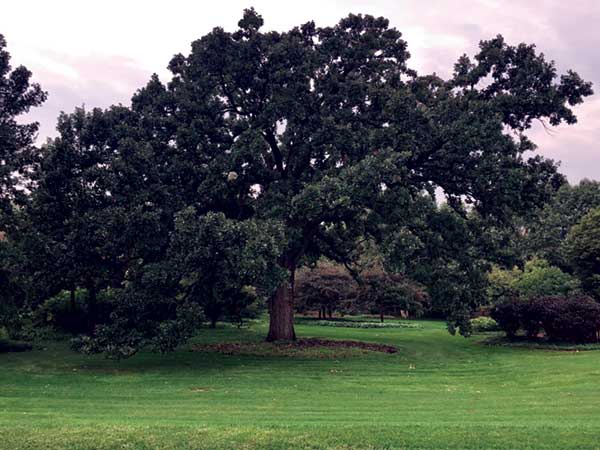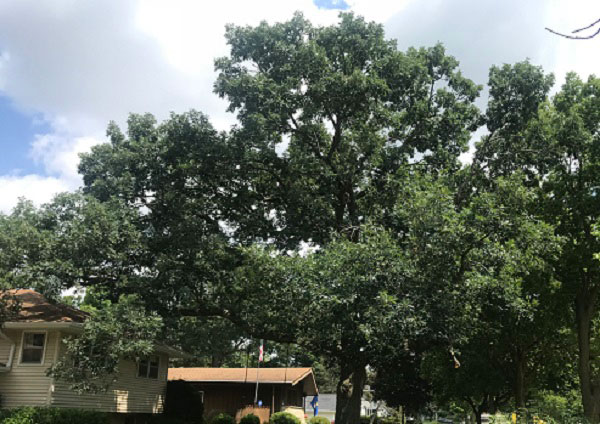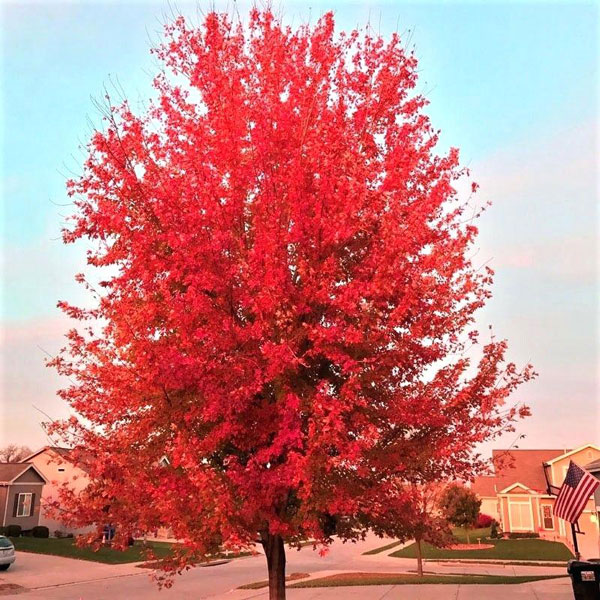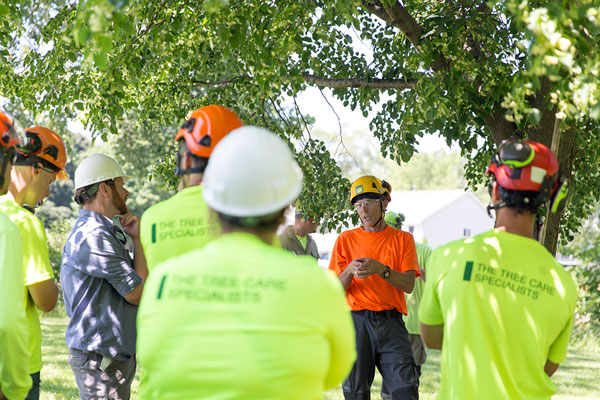Tree Care Tips
Healthy roots result in healthy trees!
Tree roots serve 3 primary functions to absorb and transport water and minerals to anchor and support the tree to store nutrients, food, and other resources needed for tree growth and health Common ways roots can be damaged Drought conditions can cause roots to dry out which leads to dieback and eventually can lead to…
Read MoreConsider Yourself Lucky If You Have Pine Trees
Wisconsin is fortunate enough to have a large population of pine trees. Indigenous to the Northern Hemisphere, pine trees are evergreens, able to grow year round. Although they don’t drop their leaves and hibernate like other trees do, pine trees continually drop and grow pine needles. Pine needles stay for at least two years before…
Read MoreOak Chlorosis
Chlorosis is a common micronutrient deficiency that causes the leaves of trees to become yellow and in severe cases causes the foliage to brown and die. In southern and eastern Wisconsin, it typically affects white oaks, pin oaks, white pine, red maple and birch. Chlorosis is caused by either a lack of nutrients (typically iron…
Read MoreWhy Prune Young Trees?
Pruning young trees is often overlooked in favor of addressing larger problems on more mature trees. Though pruning mature trees to remove deadwood and manage risk is important, often these goals could have been accomplished by pruning during infancy. Benefits of Pruning Young Trees: Trees that are properly pruned while young will need less corrective…
Read MoreTraining Day: Pruning Techniques
Thank you Mike Wendt, professor of Arborculture at MATC for leading our Pruning Techniques training this summer in Muskego. We are committed to constant improvement of all our employees in all aspects of the tree care profession. Pruning will help the aesthetic look and health of the plant. Pruning also helps to promote structural integrity…
Read More




